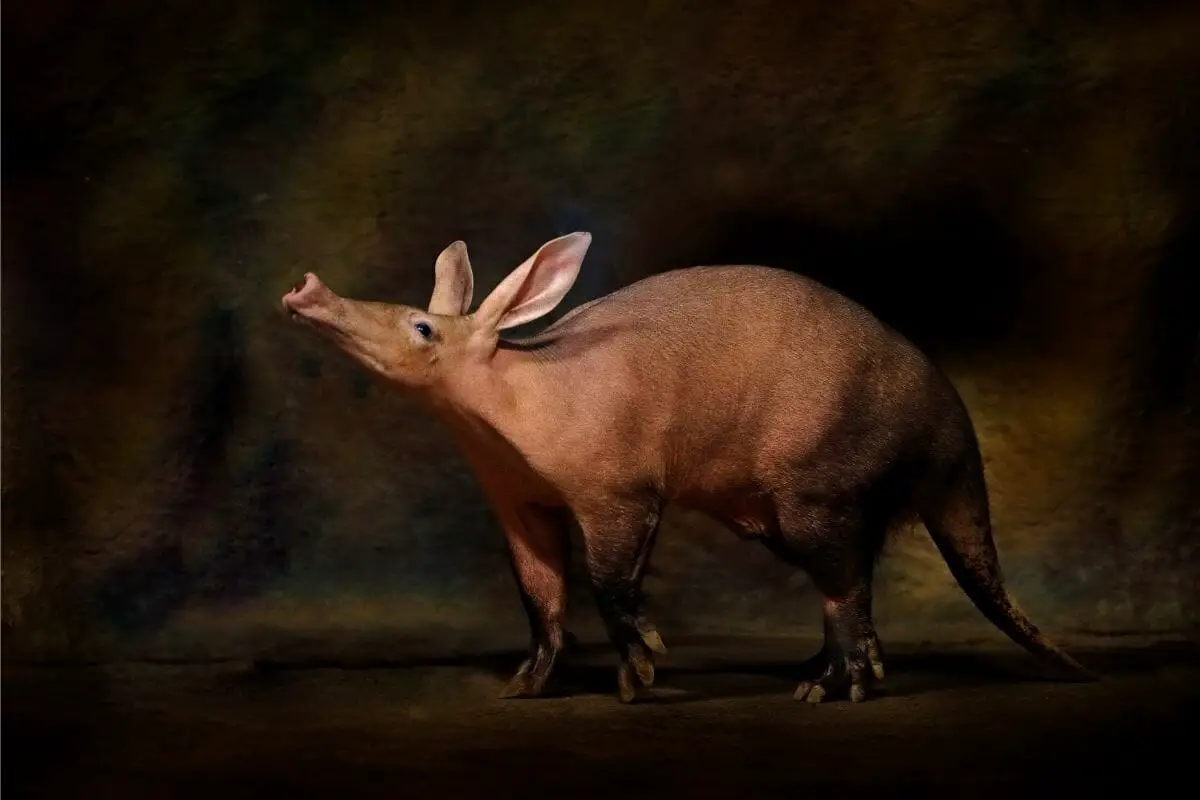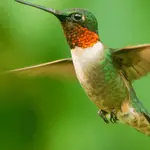There are two kinds of sounds that animals produce: mechanical and vocal, and while it seems almost impossible to think of an animal that makes no noise or one that is quiet, there are actually plenty of them.
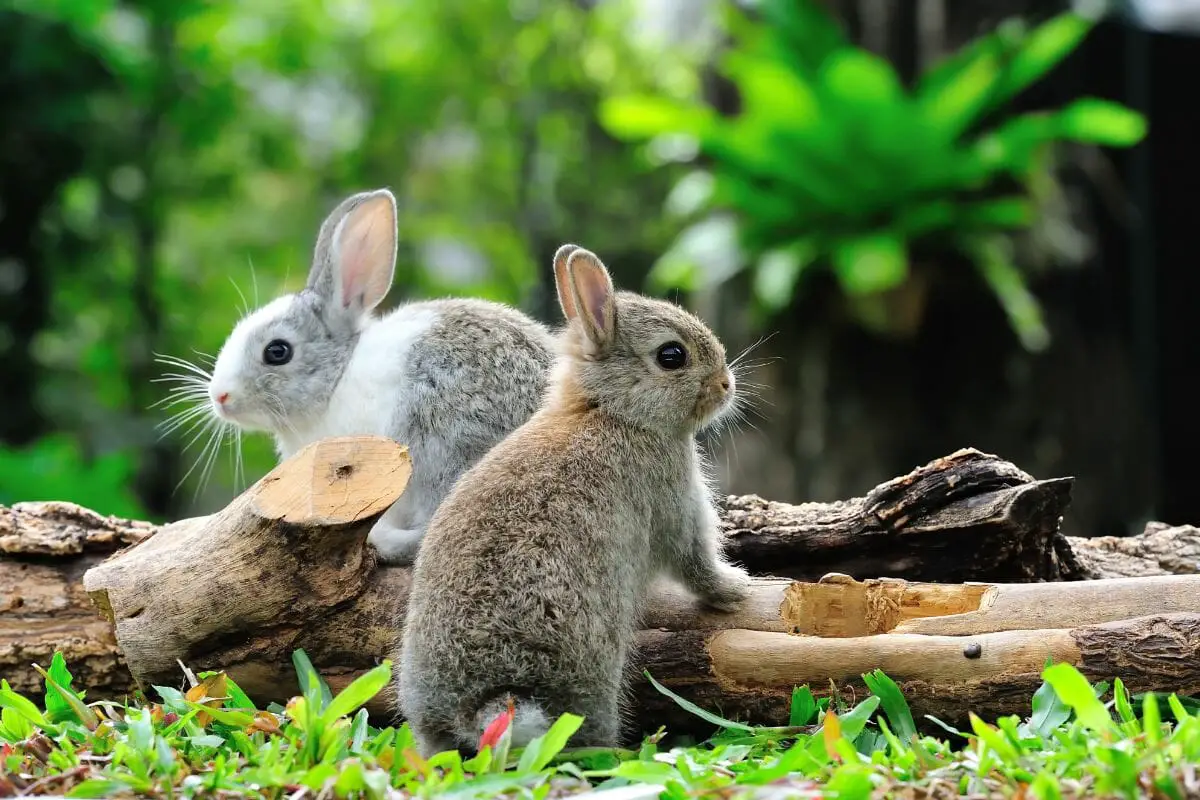
In a world filled with daily sounds and distractions, many of us crave the quietest animals that bring peace. But finding an animal that’s both calm and quiet can be tricky.
One major challenge is identifying species that don’t disrupt your environment. Some animals, even if they seem quiet at first, can surprise you with unexpected sounds. This can be frustrating if you’re seeking peace and serenity.
Did you know certain animals, like the fennec fox, are naturally quiet and rarely make noise? If you’re curious about which animals are known for their peaceful demeanor, you’re in the right place. We’ll explore the best quiet animals and offer insights to help you find your ideal silent companion, including interesting facts about these fascinating creatures.
14 Animals That Are Quiet
Goldfish
If you want to have a Nemo in your aquarium, rest assured that he will keep quiet!
Goldfish are quiet animals (see also: Animals That Are Quiet But Fierce)making no sound at all, as they use body language to interact with each other. However, they do hear really well, so you can’t hide anything from them (good think they’ll forget it right away).
Even though goldfish can be energetic from time to time, they are generally quiet creatures that do not need a lot of extra noise or fuss in their surroundings.
Rabbits
Small in size and absolutely endearing, rabbits are one of those animals that can be found all across the globe, with the exception of Antarctica.
Because of their sweet character, these little creatures have become a preferred pet option for many people.
Many of those who end up owning a rabbit get worried when they realize how quiet their rabbit is, thinking there might be something wrong with it.
However, this is not a reason for concern as rabbits lack vocal cords, which makes it impossible for them to produce any vocal sounds.
The only noise you can hear them make is a growl, a hiss, or a snort, as well as other mechanical sounds like chewing.
Sloths
We might be used to seeing sloths in animation films taken slowly and in a dull way, but in reality, these extraordinary creatures don’t really do that.
Not only are they extremely slow, but they are also extremely quiet too, and given how slowly they move, eat, and breathe, it might not be that big of a surprise!
However, the little ones do produce squeaky sounds when they feel scared or are left on their own, while the older ones can produce low-pitched sounds, mostly associated with anxiety and fear.
Worms
With no limbs and tiny size, worms are one of those freshwater creatures that play a role in subsurface ecosystems. They also differ in length, and you can see anything from tiny worms to as big as 3-foot ones.
Moreover, they make no sound at all when moving or interacting with each other; rather, they use their other senses – touch and taste – to communicate with one another.
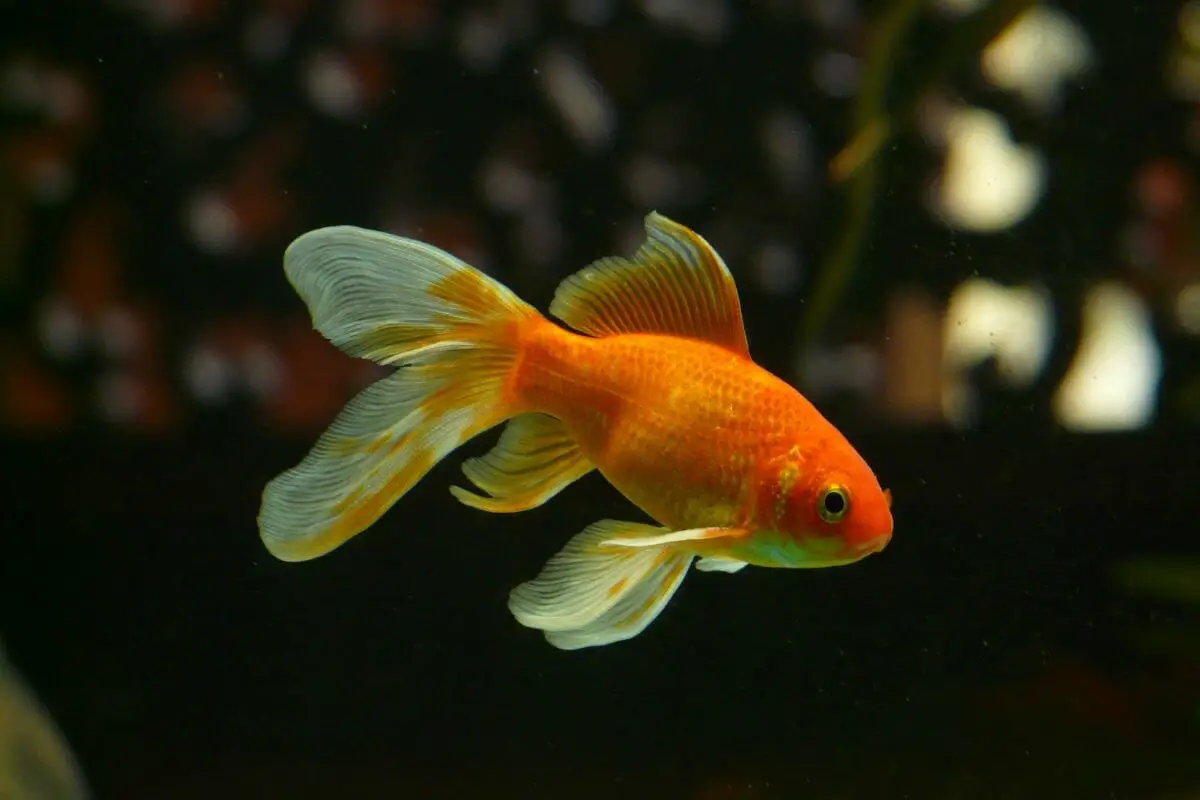
Jellyfish
Jellyfish are sea animals known for their umbrella-like looks and the stingy bites that many of us have experienced.
They are also one of those creatures that have no brain (literally), meaning they lack the power to communicate through vocalization. As a direct consequence, they are completely silent animals.
If you are wondering now how these creatures communicate with one another, let us inform you that it’s probably with the use of their vibrantly colored lighting system, which is also the way they attract their food source as well.
Snails
Snails are tiny and seemingly unthreatening animals that can be seen all over the world in a wide range of environments, from backyard lawns to woodlands and even tunnels.
Regardless of their dissimilarities, all the snails in the world share two distinguishing features: their shells and their lack of producing sounds.
They are another animal in this list that lacks vocal cords, with the only sound coming from them being produced whenever they eat or pull back into their shelled homes.
Snakes
Most of us are scared to death when thinking of encountering a snake. That is because in most stories heard or most of the documentaries we’ve watched, snakes appear out of the blue in front of people and attack them.
Well, the reason why that happens is that snakes don’t have vocal cords, even though they do have a larynx.
Even so, they can produce their characteristic hissing sound, while most species also make a rattling sound or rub their scales too.
Sharks
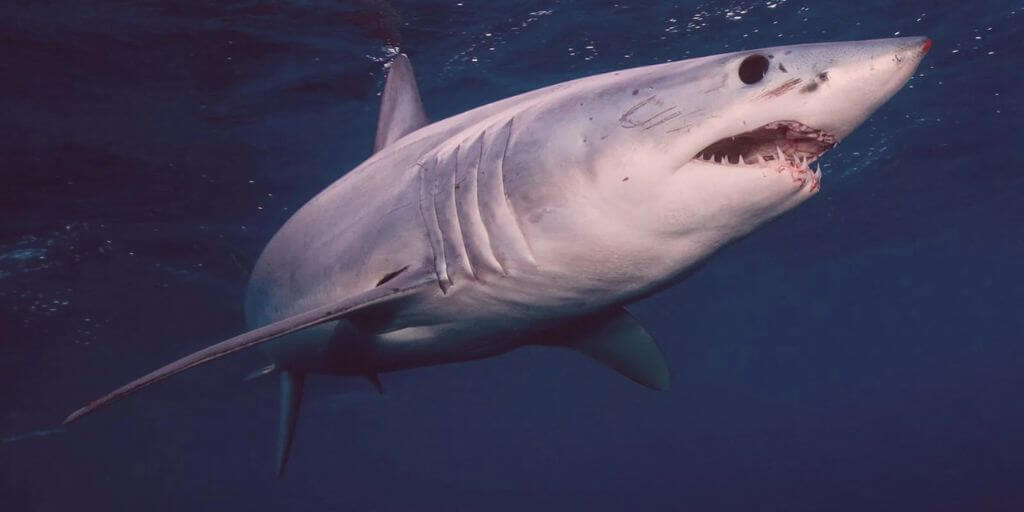
If snakes are threatening to most people, then sharks are to every single person on this planet, and it’s not just because of the film Jaws.
Sharks move and attack way too fast, and they do it without making a single sound thanks to their special scales that allow them to swim while staying totally silent.
This potential is just one of the many reasons why sharks are among the most powerful predatory animals in the sea.
Giraffes
Giraffes are a widely known mammal, distinguished by their tall necks and graceful stature. Another thing they are known for is being extremely quiet, unlike other animals of the world.
Yes, these massive animals, other than the sound they make when they are moving and chewing, keep quiet. Expect for when it’s urgent, they can go days without making a single sound.
Crabs
Crabs are among the most silent animals on the planet. The majority of their life is spent searching for food or attempting to hide from predatory animals.
When they aren’t doing any of these things, they are usually lurking in the dark corners of the underwater world, not bothering anyone.
They are also very quiet animals that use a special and extraordinary way to talk (see also: Animals That Talk)to each other, called stridulation.
Indeed, stridulation is quite a rare method of communication that entails crabs rubbing their claws against their legs to produce a sound.
Butterflies
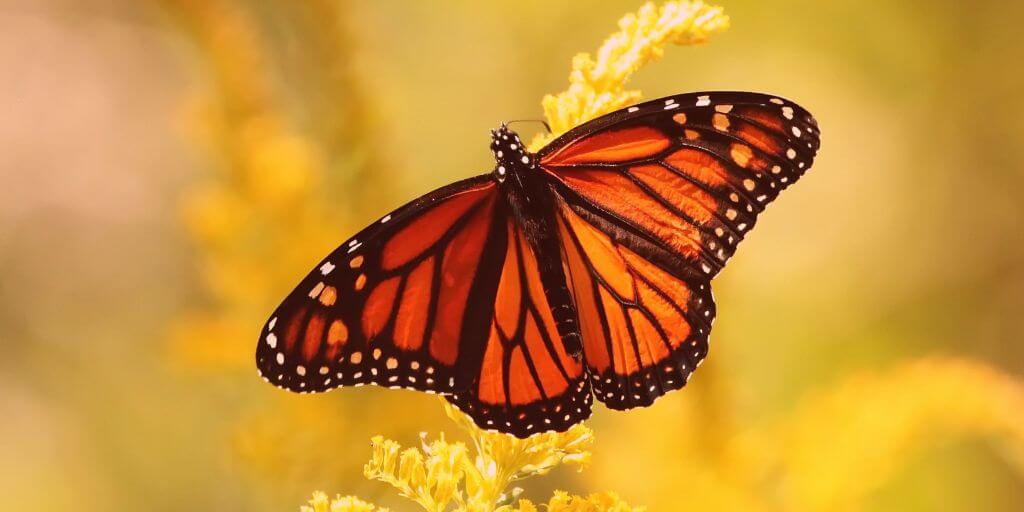
Butterflies, with their delicate wings and graceful movements, are among the quietest animals in the world, epitomizing quiet elegance in the animal kingdom. These fascinating insects glide silently from flower to flower, sipping nectar with their long proboscises, demonstrating a form of silent flight.
Their muted footsteps and lack of audible communication make them almost imperceptible as they go about their business of pollinating plants.
Butterflies’ quiet presence adds a touch of serenity to gardens and meadows, reminding us to appreciate the beauty of nature’s silent wonders.
Turtles
Turtles, with their slow and steady pace, are the embodiment of quiet perseverance. These ancient reptiles move through their environments with silent determination, their movements muffled by their protective shells.
Turtles, being marine animals, communicate through subtle body language and facial expressions, rarely making any loud noises. Their quiet presence in ponds, lakes, and oceans serves as a reminder to slow down and appreciate the simple things in life.
Turtles’ quiet resilience is a testament to the power of patience and adaptability.
Snails
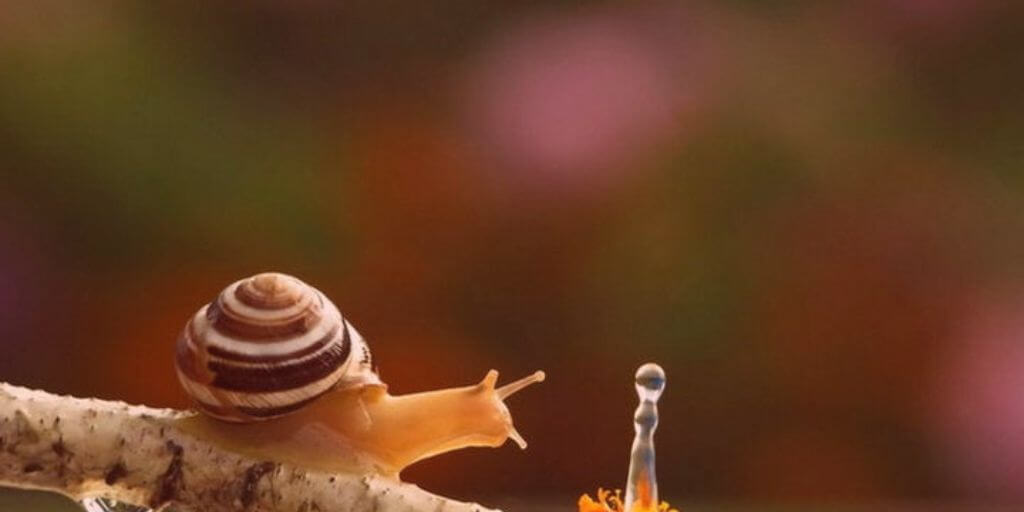
Snails, with their spiral shells and slimy trails, epitomize quiet tenacity. These small creatures move at a leisurely pace, their soft bodies gliding silently across surfaces.
Snails communicate through touch and chemical signals, rarely making any audible sounds. Their quiet presence in gardens and forests serves as a reminder of the importance of taking things one step at a time.
Snails’ quiet determination to survive and thrive is a testament to the strength of perseverance.
Spiders
Spiders, with their intricate webs and stealthy movements, are the embodiment of quiet efficiency. These arachnids move silently through their environments, their eight legs carrying them across surfaces with ease.
Spiders communicate through vibrations and pheromones, rarely making any loud noises. Their quiet presence in corners and crevices serves as a reminder of the importance of being adaptable and resourceful.
Spiders’ quiet mastery of their craft is a testament to the power of specialization and focus.
The Bottom Line
quiet animals provide a unique charm to the animal kingdom with their serene presence and fascinating adaptations. From the graceful silence of butterflies to the slow, steady pace of turtles, these creatures remind us that not all beauty is loud or attention-grabbing.
Whether they communicate through subtle body language like snails or use vibrations like spiders, quiet animals find ingenious ways to interact with their surroundings.
If you’re seeking peaceful companions, learning about these animals can offer valuable insights into finding the right match for a tranquil environment. Embracing their quiet nature can bring a sense of calm and reflection into our noisy world.
- What Should I Do If A Koala Bites Me? Safety Guide - 2024-05-30
- Are Kangaroos Born Without Hind Legs? A Fascinating Journey - 2024-05-30
- Animals That Look Like Squirrels - 2024-05-30






